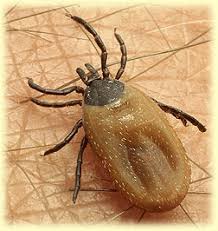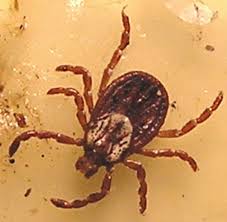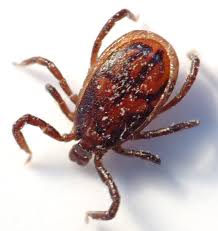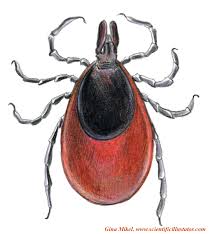Air travel with your pet can be a stressful experience, especially for your pet. The following information should help you in making an informed decision on whether or not traveling by air with your pet is feasible, or if kenneling or another form of travel is a better idea.
Pet Health and Well-being
First thing’s first, it’s a good idea to get a health certificate before you take off with your pet. A health certificate can be obtained from your vet and should be issued no more than 10 days before your date of departure if your pet will be traveling in cargo, and no more than 30 days before your date of departure if your pet will be traveling in the cabin with you. Even if an airline does not require it, some states do require you to have a health certificate to travel with your pet. To find out if the state you’re traveling to requires a health certificate, go here:
State Regulations
I would recommend getting a health certificate even if it’s not required so you can discuss your pet’s health with your vet before you depart. Because traveling is so stressful for pets, you want to be sure that your pet is healthy enough to be able to handle it.
A few rules to fly by:
1) Pets under 8 weeks of age should not travel with you by air.
2) Pets 12 weeks of age or older, particularly dogs, should have proof of rabies vaccination in order to fly.
3) Kennels and pet carriers should be big enough to allow your pet to turn all the way around and stand up without their head touching the top of the kennel or carrier.
4) Familiarize your pet with the kennel or carrier a few days before traveling to help minimize its stress.
5) Your pet should not be given sedatives or tranquilizers before flying. If your vet recommends sedation for your pet, be sure to obtain written consent from your vet so you can provide this documentation to the airline you’re traveling with.
Carry-on
Keeping your pet with you in the cabin is probably how you would prefer to fly if you have to bring your little buddy along. Your pet will only be able to fly in the cabin with you if it is small enough to fit under the seat in front of you while in its carrier. I recommend using a soft-sided carrier if you plan on taking your pet in the cabin with you. There are FAA regulations regarding how many carry-on pets are in the cabin per flight, so it is important that you book your flight in advance and the let the airline know you will be taking your pet in the cabin with you. Reconfirm 48 hours before your departure, and arrive early to check in. Airlines tend to overbook, and pets in the cabin are first come, first serve.
Your pet carrier will be considered your carry on item, so pack accordingly. That leads to the obvious statement that you are only allowed to carry on one pet carrier with you. Two pets of the same species and around the same age can be in the same carrier (think puppies or kittens) but their weight cannot exceed 20lbs and they have to fit comfortably together in the carrier.
The following is some info on the different airlines and their policies for carrying your pets on board with you.
American Airlines:
Cost to fly with pet – $100 one way
Types of pets – small cats and dogs
Max number of carry-on pets in cabin – 7
Reservations – (800) 433-7300
Continental:
Cost to fly with pet – $125 one way
Types of pets – small dogs, cats, household birds*, rabbits
Max number of carry-on pets in cabin – 5
Reservations – (800) 525-0280
Delta:
Cost to fly with pet – $100 one way
Types of pets – small dogs, cats, household birds*
Max number of carry-on pets in cabin – 8
Reservations – (800) 221-1212
Northwest:
Cost to fly with pet – $100 one way
Types of pets – small dogs, cats, household birds*
Max number of carry-on pets in cabin – 6
Reservations – (800) 225-2525
Southwest:
Cost to fly with pet – $75 one way
Types of pets – small dogs and cats
Max number of carry-on pets in cabin – 5
Reservations – (800) 435-9792
USAirways:
Cost to fly with pet – $100 one way
Types of pets – small dogs, cats, household birds*
Max number of carry-on pets in cabin – not listed but will be limited
Reservations – (800) 428-4322
United:
Cost of fly with pet – $125 one way
Types of pets – small dogs, cats, household birds*
Max number of carry-on pets in cabin – not listed but will be limited
Reservations – (800) 864-8331
* Generally household birds include canaries, finches, and parakeets
Service animals can almost always travel in the cabin with you, and typically it is free.
Stay tuned for additional posts on flying with your pet as checked baggage and as cargo.

Filed under: Traveling, With pets | Tagged: flying, travel | Leave a comment »















